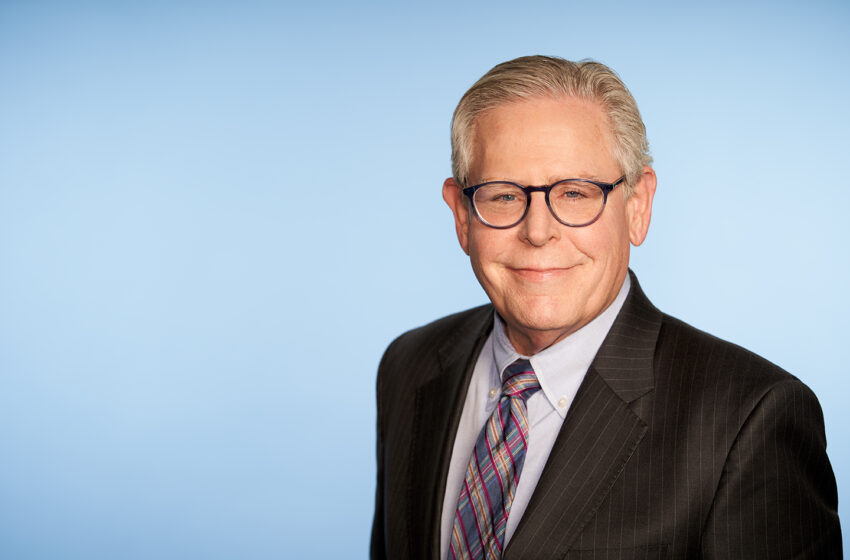CEO Interview Series: Barclay Berdan, CEO of Texas Health
- March 5, 2024

Barclay Berdan’s journey to CEO of Texas Health Resources unfolds a narrative far from the conventional corporate ascent. With roots deeply planted in biology at TCU and initial sights set on medical school, Berdan’s career trajectory took an unexpected turn toward hospital administration. This shift was not just a change in discipline but a profound redirection of his professional path, influenced by personal connections and a newfound interest in the operational side of healthcare.
As I sat down with Berdan, I aimed to uncover the layers of his leadership journey, exploring the insights and decisions that have shaped his approach to leading one of the largest healthcare systems in Texas. From navigating through the complexities of healthcare disparities to championing preventive care, Berdan’s story is a testament to leadership’s dynamic and evolving nature in the demanding healthcare sector.
What was on your mind when you decided to major in biology at TCU?
At the time, I steered away from all the business courses and stuck to the science courses. I was thinking about going to medical school.
How did you pivot into hospitals from there?
I had a college roommate whose uncle was a hospital administrator, and he was sending my roommate information about it. I’d never heard of the field before, but it caught my interest. So, I ended up going to graduate school at the University of Chicago, where they offered an MBA with a specialization in hospital administration.
What were your first experiences in hospital administration?
It was varied. I worked at both an underserved urban hospital and a wealthy academic hospital in Chicago. Then, I went to a very small town—Newport, Arkansas—for my first experience running a hospital. It was one of two hospitals in a county of 25,000 people. There were two doctors in town, and they didn’t like each other, so they each started their own hospital. Later, I worked at a specialty boutique hospital in Dallas. We didn’t have an ER there, but we did have a wine-and-cheese cart that served patients in the afternoon.
What was the path to your current CEO role like?
I was eventually recruited to Harris Methodist System in Fort Worth. I was starting a family at the time, and Fort Worth felt more like home. I became COO at our Fort Worth flagship, then president, and then moved up to several roles at the system level as we came together with Presbyterian Healthcare Resources and formed Texas Health Resources. I put my name in the hat for the CEO role and was offered it in 2014.
Is there anything else you wish you had learned academically that you think would have helped in your job?
No. It’s good to have academic exposure, but much of it has to be learned on the job.
If I could make you the benevolent dictator for the day, what would you change about US healthcare?
A couple of things. One is solving the disparity in care. Healthcare in this country works great if you have access, but people in or near poverty or rural locations often don’t. I’m not in favor of a single-payer system because that starts to look like Medicare for all, and I’m not sure it wouldn’t be more bureaucratic and more expensive. I don’t have the answers, but I would like to see more people have access and not have to decide between seeking care or paying their rent.
The other thing I would think has a great ROI is moving healthcare upstream. Not just fixing the sick people who end up in our hospitals but keeping people healthy and avoiding them coming in at all. That sounds kind of crazy for us to say since we provide care for a fee, but our mission is to improve the health of the people in the communities we serve. We want to meet people where they are, not just fix things when they go wrong but really create health in the community.
What advice do you have for fellow CEOs who are concerned with the healthcare their own employees receive through the company?
For companies that are self-insured, which is most of the big ones, it’s a good idea to think about the design of your benefits. Third-party insurers will sometimes suggest making employees have fewer places to get care to keep prices down, but in my experience, most people won’t do that. They have relationships with their providers. Healthcare is local—that’s a phrase that’s rang true to me year after year.
I think a better way to save is to implement programs that help people get healthier. We’ve done that ourselves and really reduced our overall cost increases.
What’s the best advice you ever got on being a CEO?
When I was first offered the position to run that 133-bed hospital in Newport, Arkansas, I wasn’t sure I was ready. I had a mentor at the time who told me, “You’re never going to feel ready. Jump in with both feet, keep both eyes open, and do a lot of listening.” I’ve shared that with a lot of young people since. You may not feel fully prepared now, but you may never feel that.






